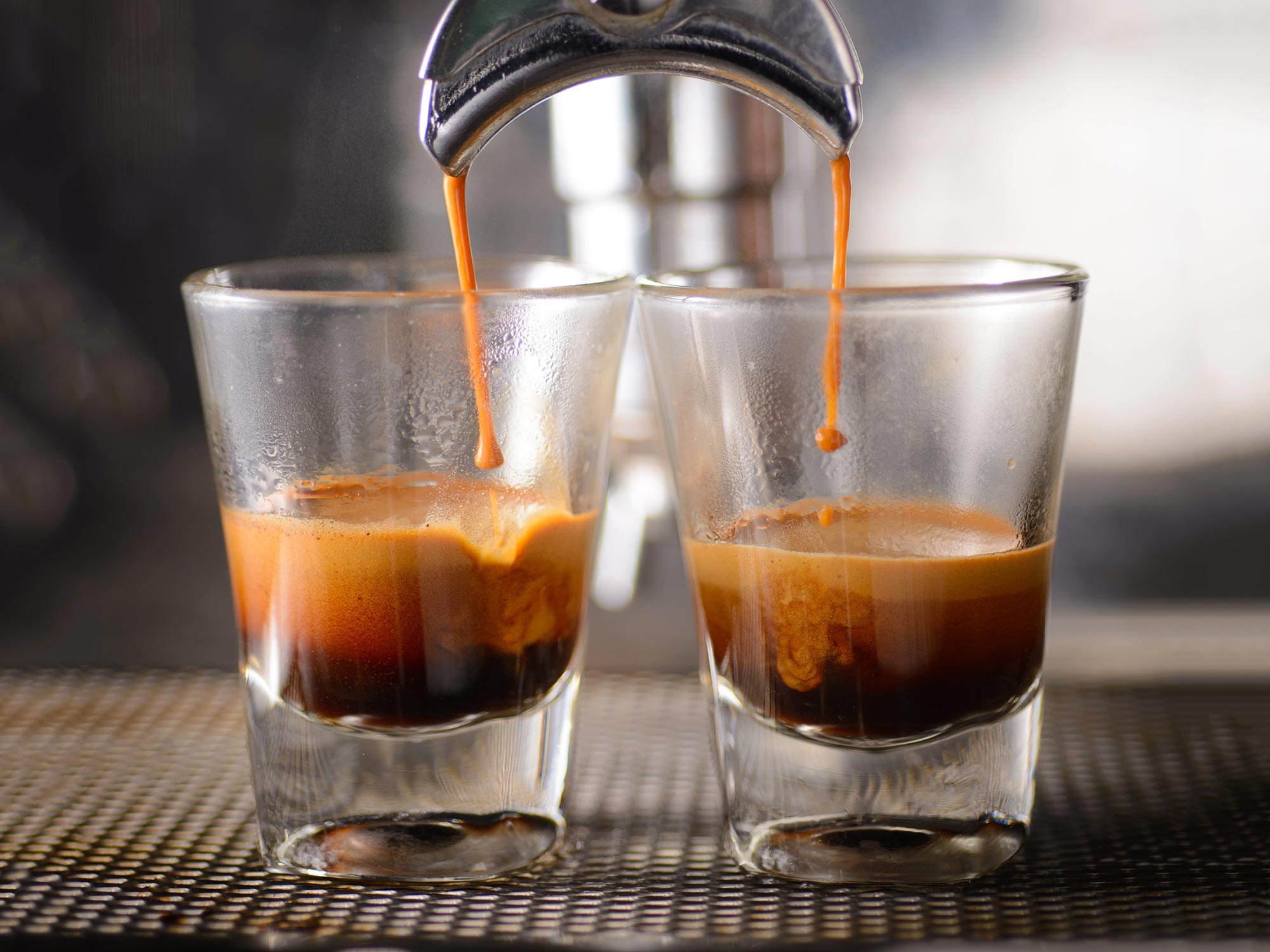Scientists have found that more ground coffee beans result in a weaker espresso due to uneven extraction. They used a simple mathematical model to divide the coffee into two regions and examined how the uneven flow affected the brewing process. This uneven flow continued through different parts of the coffee bed, affecting the taste of the coffee. By understanding and preventing uneven extraction, it may be possible to improve the coffee brewing process and achieve financial savings through more efficient use of coffee.
Understanding the origin of uneven extraction in the espresso brewing process can lead to improved beverages and significant financial savings by using coffee more efficiently and sustainably.
University of Huddersfield researchers found that uneven extraction in espresso brewing results in weak coffee when finely ground beans are used. Understanding and preventing this phenomenon can improve the taste of coffee and enable financial savings through more efficient use of coffee.
Espresso coffee is prepared by first grinding roasted coffee beans into beans. The hot water then forces its way through a layer of coffee beans under high pressure, dissolving the soluble content of the coffee beans into the water (extraction) to produce espresso.
In 2020, researchers found that more ground coffee beans brew weaker espresso. This counterintuitive experimental finding makes sense if, for some reason, there are areas within the coffee bed where little or even no coffee is extracted. This uneven extraction becomes more noticeable when the coffee is ground finer.
in

In this figure, Q is the rate of flow, epsilon is the porosity (which increases as coffee is extracted), and c is the concentration of dissolved coffee (a measure of the strength of the espresso). Credit: W.T. Lee, A. Smith, and A. Arshad
One of the regions in the model system hosted more tightly packed coffee than the other, which caused an initial disparity in flow resistance because water flows more quickly through more tightly packed grains. The extraction of coffee decreased the flow resistance further, as coffee grains lose about 20% to 25% of their mass during the process.
“Our model shows that flow and extraction widened the initial disparity in flow between the two regions due to a positive feedback loop, in which more flow leads to more extraction, which in turn reduces resistance and leads to more flow,” said co-author William Lee. “This effect appears to always be active, and it isn’t until one of the regions has all of its soluble coffee extracted that we see the experimentally observed decrease in extraction with decreasing grind size.”
The researchers were surprised to find the model always predicts uneven flow across different parts of the coffee bed.
“This is important because the taste of the coffee depends on the level of extraction,” said Lee. “Too little extraction and the taste of the coffee is what experts call ‘underdeveloped,’ or as I describe it: smoky water. Too much extraction and the coffee tastes very bitter. These results suggest that even if it looks like the overall extraction is at the right level, it might be due to a mixture of underdeveloped and bitter coffee.”
Understanding the origin of uneven extraction and avoiding or preventing it could enable better brews and substantial financial savings by using coffee more efficiently.
“Our next step is to make the model more realistic to see if we can obtain more detailed insights into this confusing phenomenon,” said Lee. “Once this is achieved, we can start to think about whether it is possible to make changes to the way espresso coffee is brewed to reduce the amount of uneven extraction.”
Reference: “Uneven extraction in coffee brewing” by W. T. Lee, A. Smith and A. Arshad, 9 May 2023, Physics of Fluids.
DOI: 10.1063/5.0138998

“Extreme travel lover. Bacon fanatic. Troublemaker. Introvert. Passionate music fanatic.”







More Stories
Beyoncé shared her natural hair care routine. Here's why it's important.
SpaceX launches 23 Starlink satellites from Florida (photos)
NYT Wordle answer dated April 23, 2024